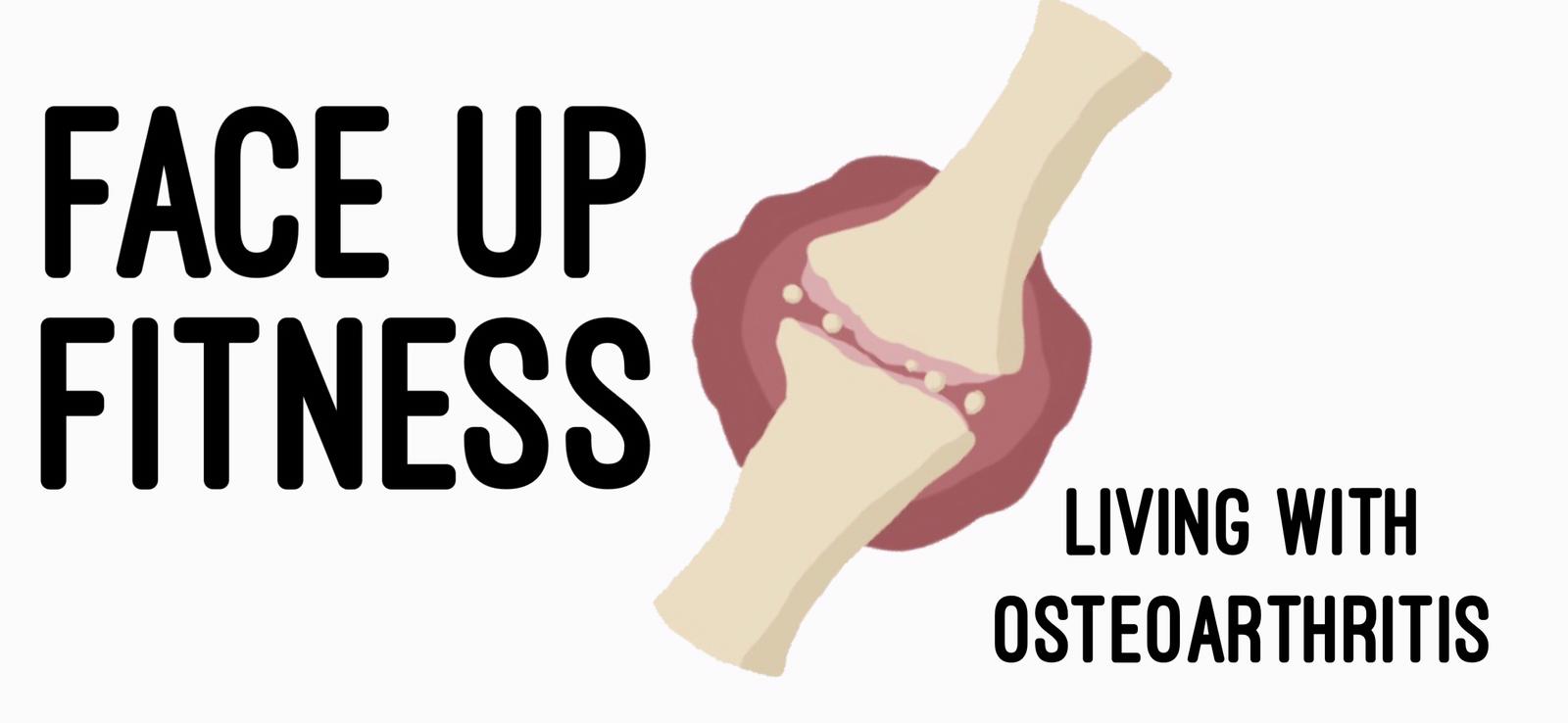I'm back to last month: I'm sat in the garden of our holiday apartment in Denia, Spain. The sun is radiant, the breeze is up, and the pool is just a few steps away. Life doesn’t get much better than this.
And there’s one more thing that’s making me smile – I no longer have to shave my legs! That may seem trivial, but as someone ‘blessed’ with pale skin and dark hair, going on holiday always meant a daily ritual of shaving.
Only a few years ago, a relative cheap and effective home treatment for stopping hair re-growth seemed nothing more than a pipe dream. Today, not only are at home permanent hair removal solutions a reality but there is choice, not just of brands but technology too: IPL or laser.
I bought a Philips Lumea IPL machine in 2011 and it was a very shrewd investment – reviewed here. What I didn’t know then was whether IPL was more effective than laser at doing the job – Tria had yet to launch. It’s something I’m now about to find out!
Tria Beauty recently invited me to try their laser solution. I have just started the trial on my arms, which are hairy (or would be if I didn’t epilate) and they have yet to be zapped (for reasons I’ll come onto in a minute).
I shall split my review in to three parts: this introduction, then a six week treatment update followed by a 12 week.
Similarities between IPL and laser include:
- Both work by targeting the pigment in hair to stop/slow its regrowth
- They are most effective on dark hair and pale skin (in fact, neither are suitable for white, grey, blonde or red hair, or dark skin tones
- Both have strict treatment protocols – you need to treat every two weeks for the first few months (to ensure hair is targeted during its active growth phase). Don’t expect to see instant results and treatment is not speedy (hence why I have only treated the bottom half of my legs thus far).
- Machines are similarly priced – the Tria is from £319 (currently 15% off here) and the Lumea from £275 (also on offer right now)
Differences between IPL and laser include:
- They employ different light sources to target the hair pigment (Tria uses diode laser, and Philips IPL: Intense Pulsed Light). Tria claims its laser allows for deeper, more precise and effective treatment – something I’ll be putting to the test!
- Lifespan - IPL devices have a limited number of flashes; laser doesn’t (though my IPL machine is still going strong after five years – I use it to treat a few stubborn remaining hairs).
- Tria Beauty claims its device ‘permanently removes’ hair, whereas Philips says its solution ‘permanently reduces’. I’ll discuss this in more detail later.
If there are any particularly questions on my ‘vs’ experience, please leave a comment at the end of this post and I’ll aim to answer them in one of my upcoming reviews.
The Tria Hair Removal Laser 4X – Brief Overview
- In the box you get the hand-held device, a charging unit, manual and a calming gel (to be used as part of the treatment).
- The device is equipped with a lock and skin sensor that prevents it being use on the wrong hair type and/or skin. While of course you’ll want to know suitability before buying, the sensor could be useful if you’ve recently tanned (fake or real) and should wait for it to fade.
- Stop waxing and epilating six weeks before starting treatment. Shaving is fine as the laser is still able to detect the hair pigment.
- There are five different levels of treatment, allowing you to choose one that feels most comfortable (though the higher the setting, the more effective the treatment).
- The Tria is suitable for use on the legs, arms, bikini area and upper lip.
- Tria says, as a guide, it should take around 30 minutes to treat each lower leg – that’s about the same treatment time as the Lumea.





